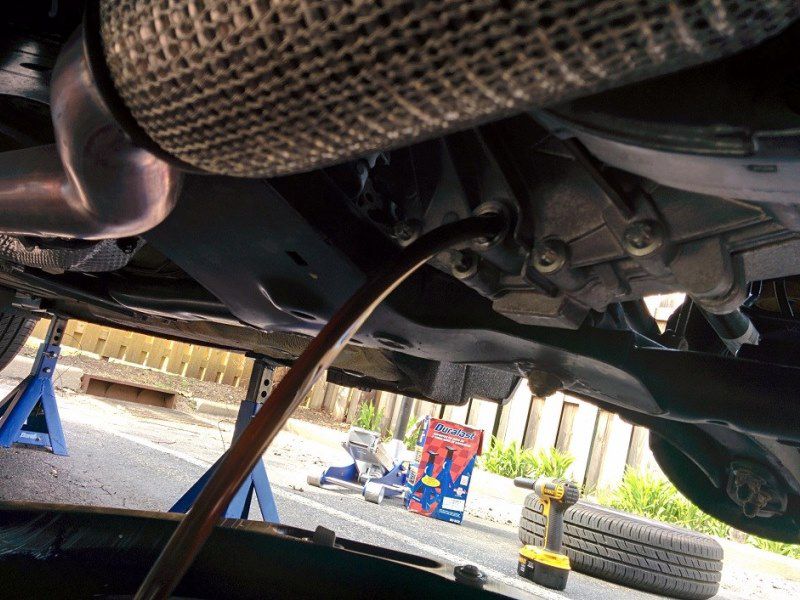Recent Articles
Popular Makes
Body Types
How to Replace Manual Transmission Fluid

transmission fluid
In a manual transmission, the fluid is only used to lubricate and cool the transmission, unlike in an automatic transmission where the fluid is also used to transmit power. Because of this, the fluid in a manual transmission shouldn't normally see extreme temperatures and so shouldn't need to be flushed frequently unless you often use your vehicle for severe duty such as towing or racing.
Symptoms of Dirty Transmission Fluid
If your vehicle has become more difficult to shift or is grinding, these could also be symptoms of dirty transmission fluid. Even if you haven't been using your vehicle heavily or noticed any problems, it is still a good idea to check the fluid's condition and replace it if it isn't in good shape.

First Step - Drain Fluid
When it comes to replacing manual transmission fluid, the first step is to locate the filler and drain plugs. The filler plug is normally on the side of the transmission, but may also be on the top, while the drain plug is normally on (or at least near) the bottom of the transmission. You may need to drive the vehicle onto ramps or support it on jack stands to gain access. Before draining the fluid be sure that you have located the filler plug and that you can remove it (so that you don't get stuck with an empty transmission that you can't fill with fluid). Place a drain pan under the transmission and remove the drain plug.

Second Step - Replace with New Fluid
Unlike automatic transmissions, most manual transmissions do not have a fluid filter to change. Once all the old fluid has drained out, replace the drain plug and fill the car with new fluid to the proper level. When filling the transmission be sure to use the fluid recommended by the manufacturer of your vehicle, as using a different fluid can sometimes result in transmission failure. Check for leaks around the drain and fill plugs and then take the car for a test drive.
